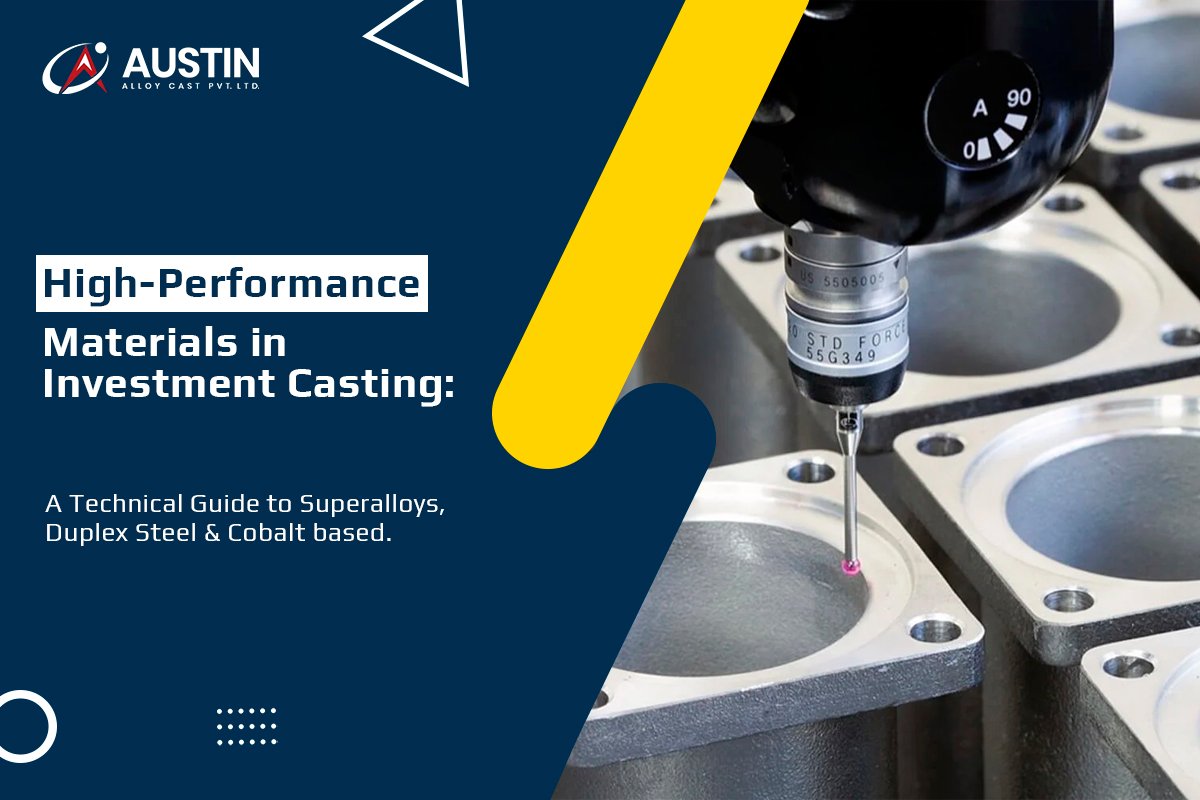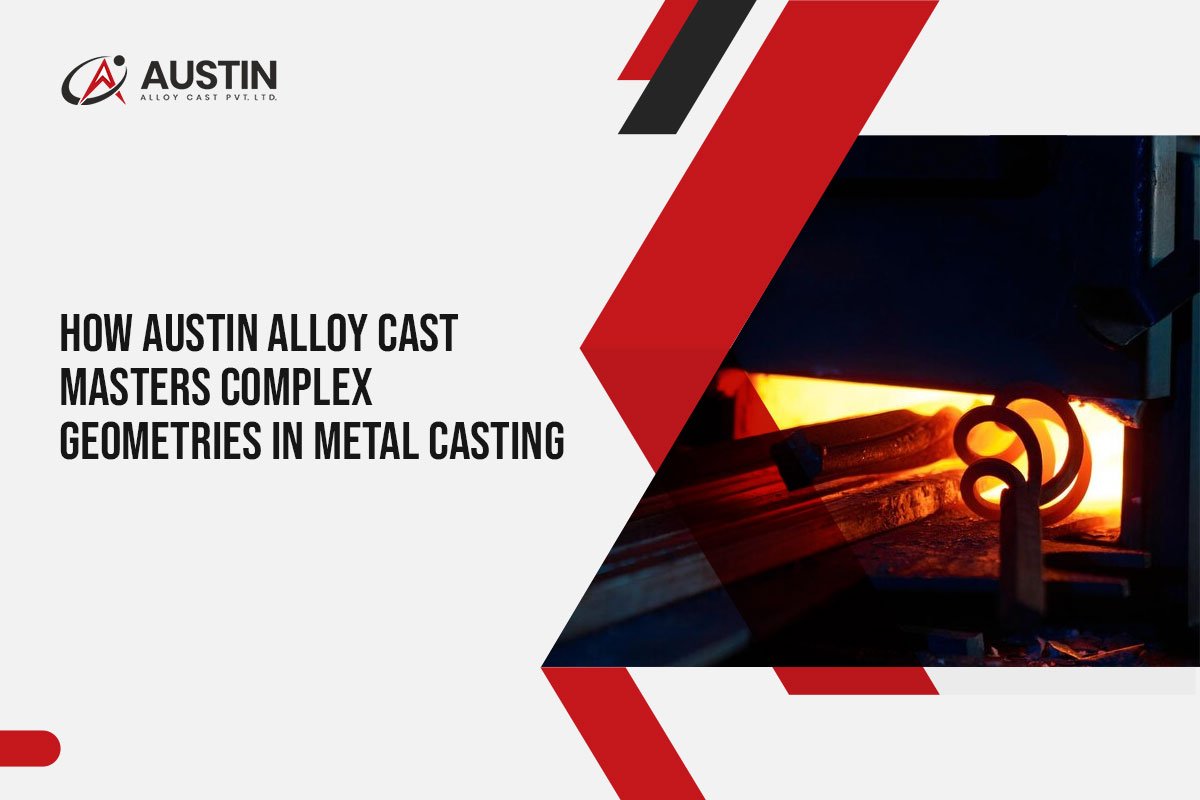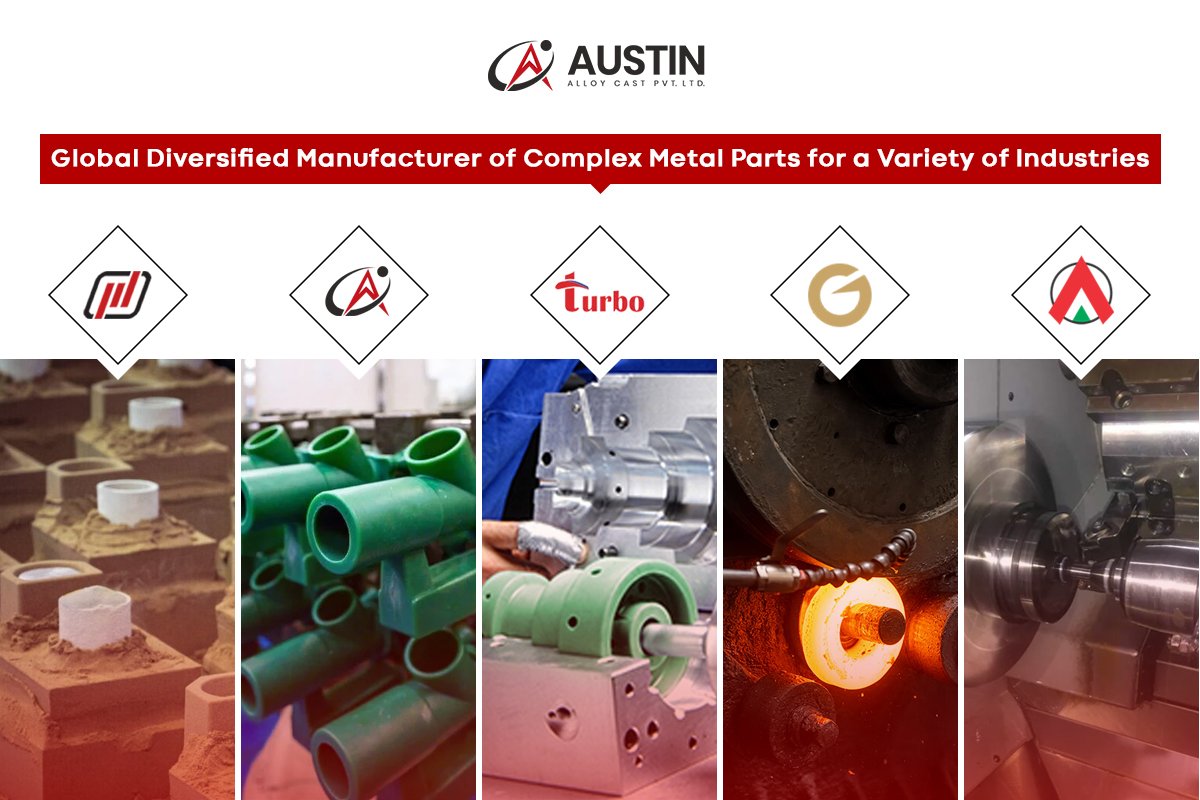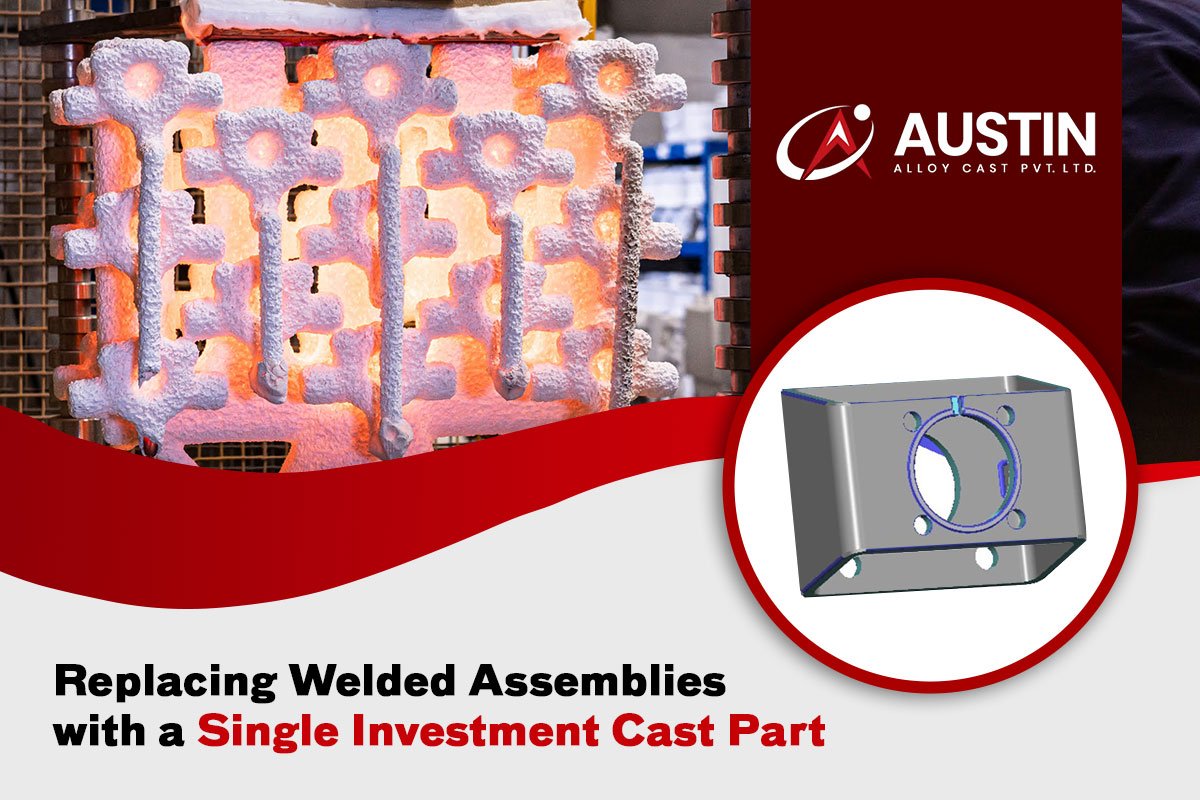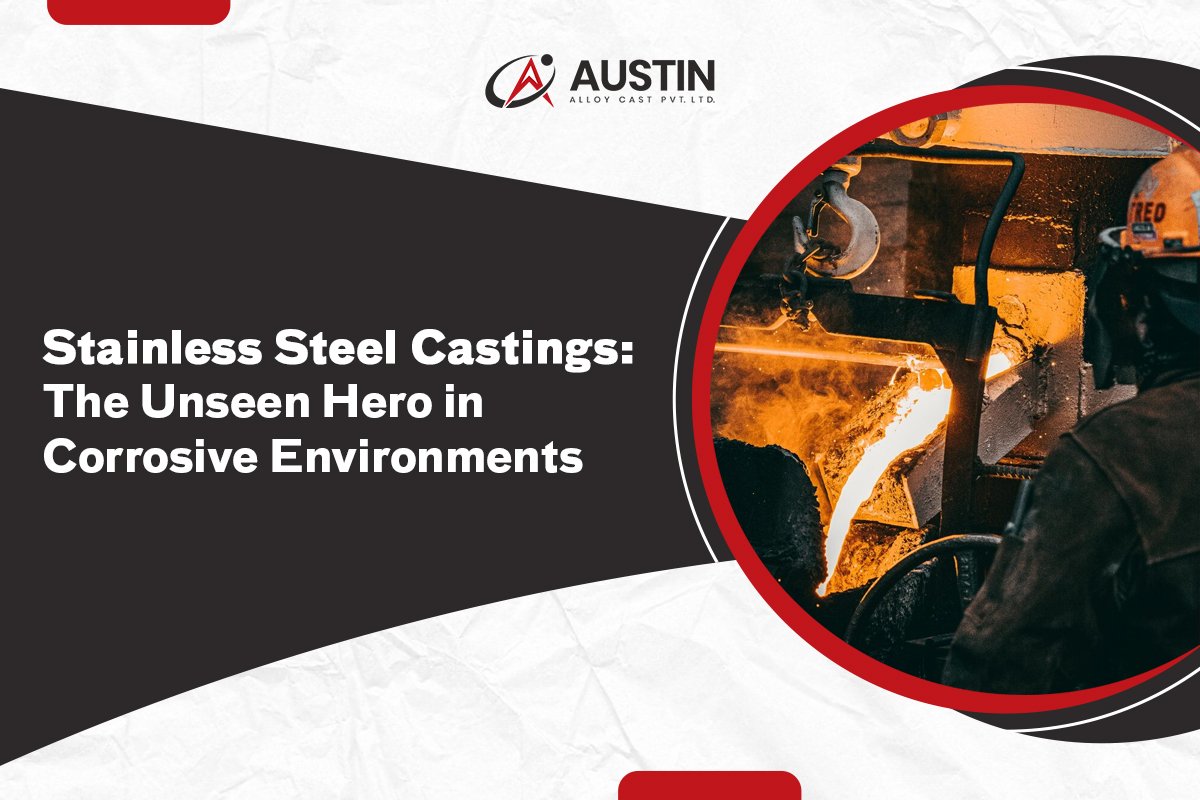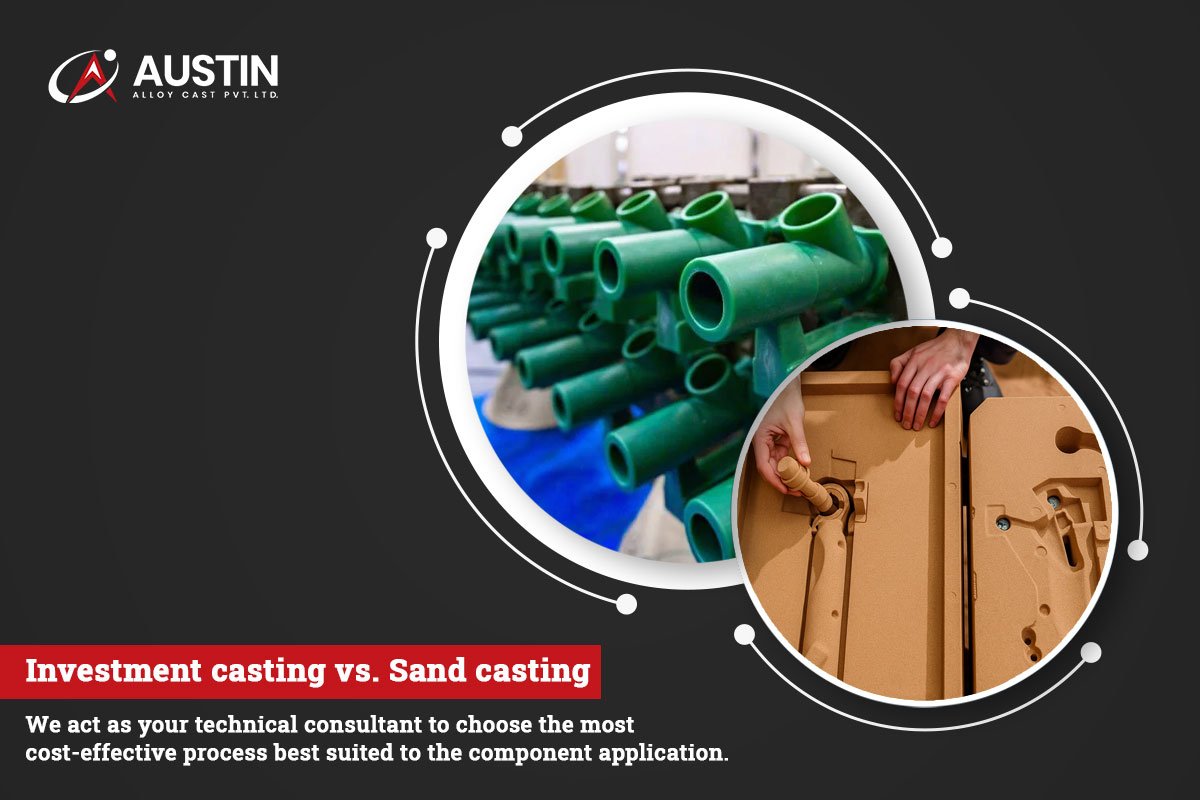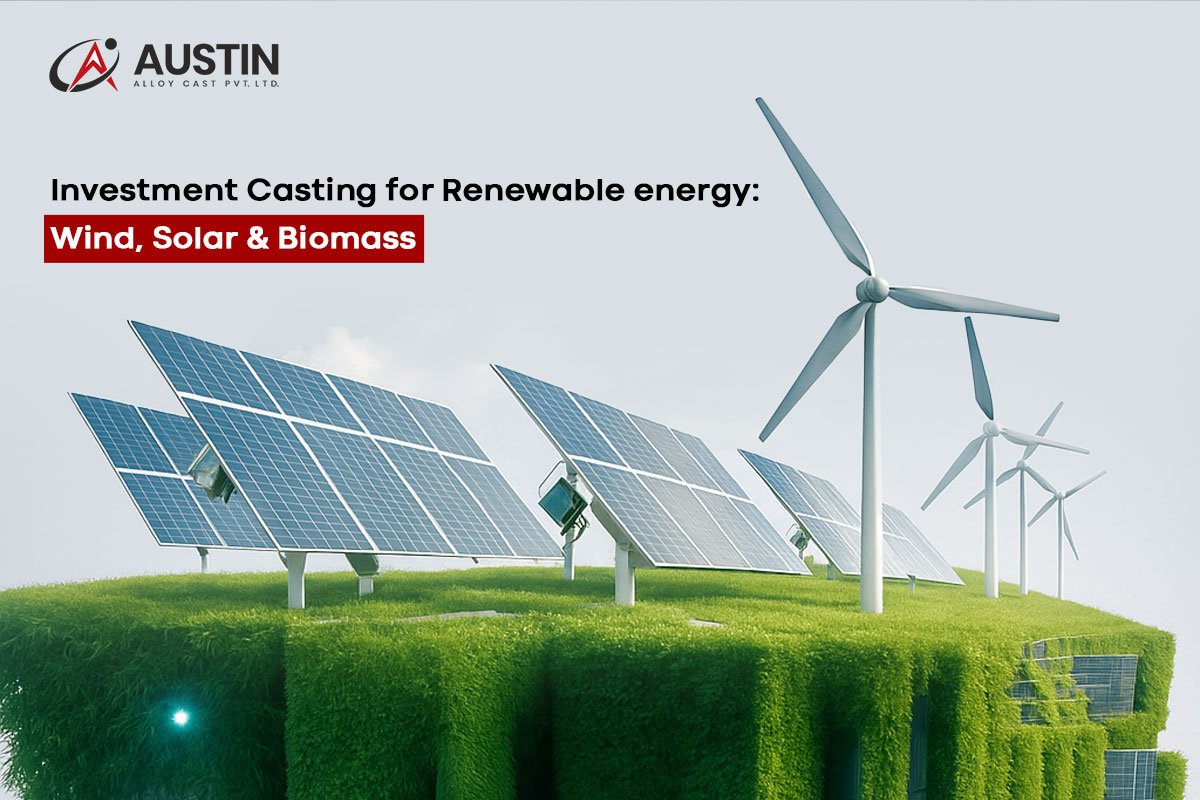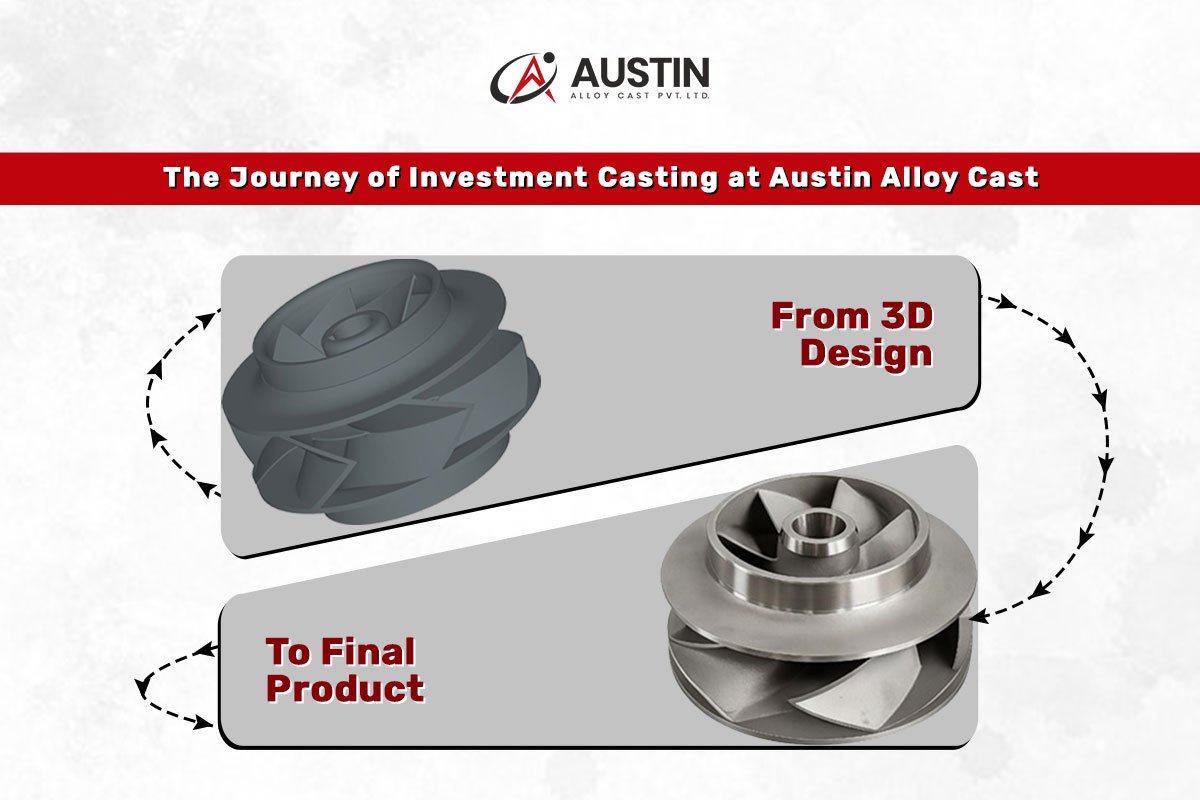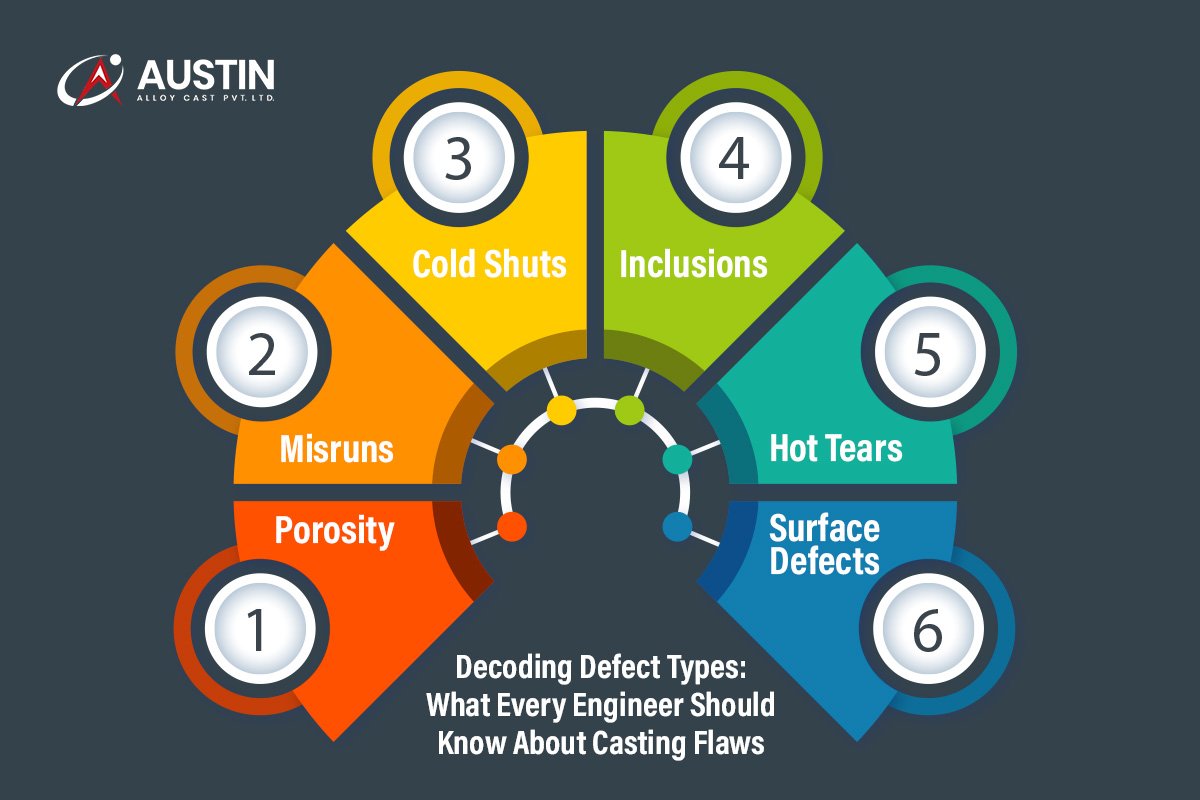
Casting continues to be among the effective manufacturing methods for creating intricate, robust and nearly finished components. However, even the sophisticated foundries must accept a core reality: metal casting is an exercise in managing variables. If any factor such as temperature, mold integrity, metal cleanliness or filling behaviour becomes unregulated flaws may arise. For engineers grasping these imperfections is crucial not for problem solving but also for designing components that are conducive, to casting and establishing achievable quality benchmarks.
At Austin Alloy Cast our experience in sectors has consistently demonstrated one fact: detecting defect patterns early drastically cuts down on rework enhances yield and boosts the dependability of essential parts. This article outlines the frequent casting defects engineers should be aware of the reasons, behind them and the approaches skilled foundries use to address them.
Porosity
Porosity is among the common internal casting flaws frequently concealed below the surface. It usually results from gases being trapped or shrinkage during the solidification process. Gas porosity happens when dissolved gases hydrogen leave the molten metal but become trapped before they can completely escape. Shrinkage porosity develops when sections, within the casting solidify unevenly leading to voids caused by material supply.
Porosity is important to engineers because it influences a parts strength, its ability to withstand pressure and its fatigue durability. At Austin Alloy Cast we manage porosity through process controls like degassing, refined gating along with sophisticated simulations that forecast shrinkage areas prior, to tooling creation. This guarantees components that’re more compact, robust and capable of fulfilling rigorous performance standards.
Misruns
A misrun happens when the liquid metal does not fully occupy the mold cavity. This leads to a component, with areas slender edges lacking material or details that seem only partly shaped.
This issue frequently arises from:
- Low metal pouring temperature
- Slow or turbulent filling
- Restrictive gating design
- Premature solidification due to thin sections
Misruns hold importance in precision projects as the geometry directly affects both fit and function. Engineers can mitigate misruns by maintaining wall thickness steering clear of excessively thin sections and analysing flow simulations early during the design stage. Utilizing casting simulation software and high quality alloys Austin Alloy Cast reduces misruns by fine tuning flow trajectories and rigorously managing pouring conditions.
Cold Shuts
Cold shuts occur when two flows of molten metal converge but do not merge into one body. This results in a line or joint that forms a fragile area, under mechanical or heat stress.
Cold shuts generally happen because of:
- Low metal fluidity
- Inadequate gating design
- Slow mold filling
- Corrosion occurring on the metal exterior where currents converge
In parts like pump impellers, turbo housings or structural brackets cold shuts are intolerable. They weaken tensile strength. Jeopardize durability, over time. Austin Alloy Cast avoids shuts by maintaining accurate temperature control ensuring ideal fluidity and optimizing gating designs to encourage smooth laminar metal flow.
Inclusions
Inclusions refer to materials slag, sand, oxide films or debris captured inside the metal as it solidifies. They disturb the homogeneity of the casting serving as stress points that can cause cracks or early failure during use.
Inclusions generally arise from:
- Improper molten metal filtration
- Sand erosion from the mold
- Impure alloy feedstock
- Oxidation during pouring
Engineers’ ought to recognize that inclusions are frequently microscopic and might not be visible during examination. For this reason, Austin Alloy Cast depends extensively on NDT methods, ceramic filters, antiturbulence gating and high purity alloys to produce flawless castings, for mission critical parts.
Hot Tears
Hot tears sometimes called cracks develop when the casting cools unevenly or faces limited shrinkage during solidification. When the metal is partly solid and partly liquid minor stresses may lead to cracking.
Frequent reasons consist of:
- Inflexible mold structure that limits shrinkage
- Sharp internal corners
- Sudden changes in section thickness
- High thermal gradients
Hot tears are critical flaws and frequently cause a casting to be rejected outright. Engineers are crucial, in creating parts featuring transitions ample radii and consistent wall thickness. At Austin Alloy Cast our experts utilize solidification simulations to foresee areas experiencing thermal stress and adjust mold configurations to allow the metal to contract freely.
Surface Defects
Surface imperfections represent the noticeable type of casting defects and include rough textures, laps, scabs, veining and surface porosity. These problems mainly result from Mold related issues or changes, in temperature during the pouring process.
Common reasons consist of:
- Improper mold preparation
- Sand collapse or erosion
- Incorrect pouring temperature
- Moisture in the mold
- Poor coating application
Although certain superficial imperfections can be eliminated through machining or shot blasting some indicate underlying process problems requiring attention. At Austin Alloy Cast maintaining mold conditioning, regulated preheating and accurate temperature tracking contribute to achieving a consistent surface finish on every casting.
Why Understanding Defects Matters
For engineers understanding these categories goes beyond quality assurance; it involves enhancing the whole product lifecycle. When design and foundry teams work together from the start defects become foreseeable, avoidable and significantly cheaper to manage.
At Austin Alloy Cast, comprehensive defect analysis frameworks, metallurgical expertise, and advanced simulation ensure that potential issues are addressed before they reach production. Whether manufacturing for heavy engineering, automotive, oil & gas, or specialized industrial systems, our focus remains on delivering castings with repeatable quality and long term performance.
